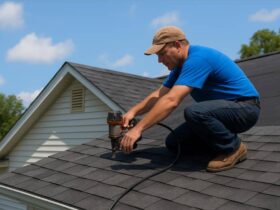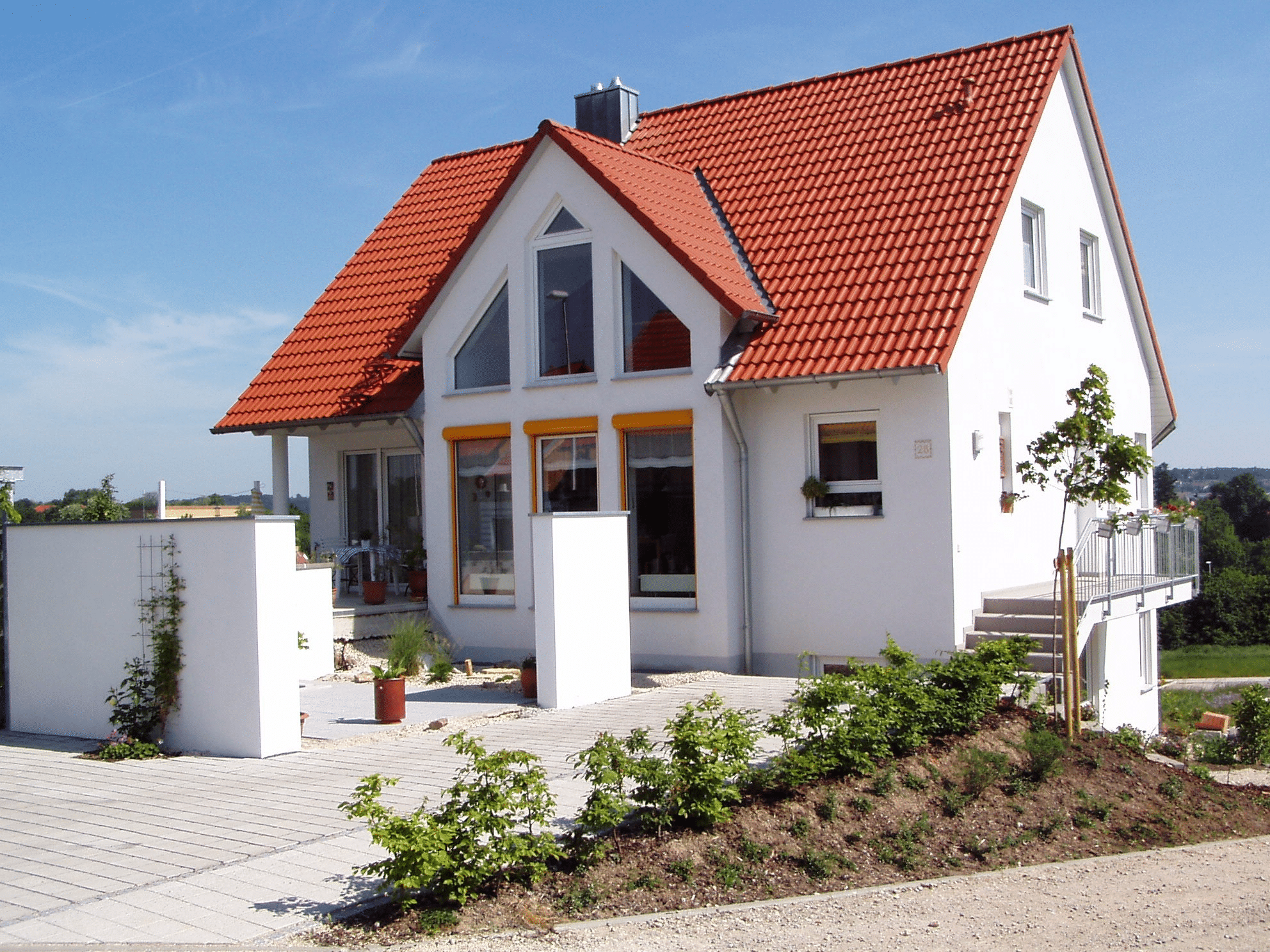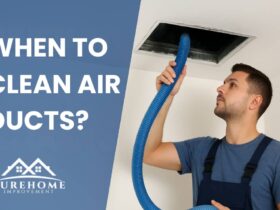Table of Contents
- The Importance of Material-Specific Roof Cleaning
- Common Commercial Roofing Materials and Their Unique Needs
- Shingle Roof Cleaning Best Practices
- Metal Roof Maintenance Techniques
- Flat and Membrane Roof Cleaning Approaches
- Tile and Slate Roof Considerations
- Choosing the Right Cleaning Solutions
- Environmental and Safety Factors for Roof Cleaning
- Steps for Developing a Tailored Roof Cleaning Plan
- Best Practices for Long-Term Roofing Care
The Importance of Material-Specific Roof Cleaning
Commercial roofing systems range widely in material, shape, and durability, demanding tailored maintenance strategies for optimal performance. Using the wrong cleaning method can cause lasting harm, accelerate wear, and even void manufacturer warranties. Facility managers and owners who prioritize material-specific roof care extend the lifespan of their investment and reduce the risk of unexpected repairs. Professional guidance, such as that provided by commercial roof cleaning Kerrville, can prevent costly mistakes and ensure a safe cleaning process that aligns with industry standards.
Property presentation and operational efficiency are increasingly vital as the commercial real estate sector becomes more competitive. Clean, well-maintained roofs reflect commitment to quality, attract tenants, and convey professionalism. Different roofing materials—ranging from shingles and tiles to metal panels and synthetic membranes—demand cleaning approaches matched to their construction. Adopting a one-size-fits-all approach may result in surface degradation, water intrusion, or loss of warranty, emphasizing the importance of tailored maintenance.
Common Commercial Roofing Materials and Their Unique Needs
The diversity of materials in commercial roofing reflects legacy building practices and modern innovation. Each type of roofing presents unique cleaning challenges dictated by surface texture, porosity, weather resistance, and structural vulnerability. The most common materials include asphalt shingles, standing seam or corrugated metal, single-ply membranes such as TPO or EPDM, traditional clay or concrete tiles, and natural slate. Even within these categories, coatings, fastener systems, and surface finishes can impact the recommended maintenance approach.
For example, asphalt shingles can trap algae and moss, metal can corrode if harsh solutions are used, and membranes are especially vulnerable to punctures or misuse of pressurized equipment. By understanding these nuances, property managers ensure cleaning enhances rather than undermines roof performance. Informed decisions about technique, timing, and products improve visual appeal and help guard against hidden damage, leaks, and expensive future remediation.
Shingle Roof Cleaning Best Practices
Asphalt shingles remain a common sight on both residential and low-slope commercial buildings. While they offer relatively low cost and reliable durability, they are susceptible to algae stains, moss, and lichen growth, especially in humid or shaded environments. Cleaning shingle roofs safely demands low-pressure, chemical-assisted solutions rather than aggressive force. Using a diluted mix of biodegradable cleaners and water, soft washing loosens organic growth and surface grime without dislodging the protective granules essential to the integrity of the shingles.
It’s crucial to avoid standard high-pressure washing, which can strip protective coatings and reduce lifespan. Instead, applying algae—and fungus-inhibiting solutions provides longer-term protection without runoff damage to landscaping. According to BuildingGreen, these solutions limit environmental impact while maintaining roof performance. After the cleaner has worked, a gentle rinse removes residue, leaving the roof bright and free of potential structural threats from moss roots or persistent algae films.
Metal Roof Maintenance Techniques
Metal roofing systems, whether made from galvanized steel, aluminum, or copper, bring high durability and energy efficiency to commercial properties. However, they present their own maintenance challenges, including dirt buildup, rust streaks, and oxidation. Cleaning metal roofs requires careful selection of non-abrasive detergents, as acidic or harsh chemicals can corrode protective finishes, reduce reflectivity, or encourage rust formation. Best practices include using a soft-bristled brush or foam applicator to gently lift grime before rinsing.
High-pressure washing is sometimes acceptable on modern standing seam designs where there is minimal risk of water intrusion, but always at a safe distance and moderate pressures. Hand-cleaning is advised for older or intricately designed roofs to protect seams and fasteners. Special attention should be paid to overlapping joints and roof penetrations, where debris can sit unnoticed. Regular inspection and touch-up painting of exposed fasteners can further extend performance.
Flat and Membrane Roof Cleaning Approaches
Flat or low-slope commercial roofs, typically surfaced with TPO, EPDM, or modified bitumen membranes, are renowned for energy efficiency and ease of installation across wide areas. However, their design means they are especially prone to debris accumulation, standing water, and mold growth. Cleaning these membranes requires a gentle touch and non-abrasive, neutral-pH solutions specifically formulated for their material. Abrasive scrubbing, solvent-based products, or overly strong chemicals can soften or puncture the membrane, leading to leaks or premature aging.
Soft washing with a foam applicator and careful manual debris removal are generally recommended. A comprehensive inspection should always preface cleaning—defects, bubbles, or open seams should be noted for repair before cleaning begins. Directing runoff away from drains is also important, as it can clog with debris and compound maintenance issues. Scheduling cleaning and inspection together ensures that pooling or blockages are addressed promptly. Proactive care prevents water infiltration and preserves reflectivity, maximizing energy savings in warm climates.
Tile and Slate Roof Considerations
Tile and slate roofs project a sophisticated appearance and are frequently chosen for high-end or historic commercial properties. These materials offer impressive longevity but are structurally brittle and can crack or shift if mishandled. Cleaning methods must prioritize gentle pressure and avoid harsh tools. Typically, cleaning starts with manually removing heavy debris, followed by a soft rinse. When stains or moss are present, biodegradable chemical soaks loosen organic growth before water application.
Tiles and slats must be walked on sparingly and only by experienced professionals with proper weight-distribution techniques, as individual pieces can break under point pressure. Specialized harnesses and roof ladders are often used to distribute weight evenly. Keeping gutters and downspouts clear is critical, as overflow water can undermine tile bedding. Restoration and sealing may be needed periodically, as even the most robust materials can lose their weatherproofing over time. Regular care ensures these premium roofs retain their distinctive look and value while keeping underlying structures dry and insulated.
Choosing the Right Cleaning Solutions
The choice of cleaning agent is as important as the technique, varying by roof material and the specific contaminants to be removed. Mild, biodegradable detergents are preferred for most surfaces, as they break down safely in the environment without harming roof finishes, landscaping, or local waterways. Specialized solutions designed for algae or mildew removal feature surfactants that target organic material without undermining roof coatings.
For metal roofs, neutral-pH cleaners prevent corrosion and help maintain surface reflectivity. Bleach-based or acidic formulas should be avoided or diluted to low concentrations. Asphalt shingles benefit from proprietary blends that lift stains without washing away granules. Membrane roofs require solvents that neither soften polymers nor leave slippery residues. Always consult the manufacturer for compatibility with the installed roofing material if using proprietary cleaners.
Rinsing strategies also play a role—using low water pressure and directing runoff to safe collection points prevents damage to surrounding areas. Careful compliance with local environmental regulations is essential, especially when dealing with large buildings or urban runoff. Well-chosen cleaning products contribute to occupant safety and regional environmental health, supporting sustainable building management.
Environmental and Safety Factors for Roof Cleaning
Environmentally responsible practices reduce risk for both the building and the surroundings. Roof cleaning operations often generate runoff, which may contain detergents, organic waste, or particulate matter. Best practices include collecting or redirecting wastewater to approved disposal outlets, especially in areas with sensitive ecosystems or stormwater regulations. When possible, choose biosafe products and limit their use during dry spells to minimize the risk of contaminants reaching waterways.
Worker safety is paramount. Roof heights, slopes, and surface materials demand proper fall protection and access equipment. To minimize risk, professional cleaning teams are trained to use harnesses, anchors, and guardrails. Slip-resistant footwear and portable barriers can further mitigate hazards. Personal protective equipment prevents skin and respiratory exposure when strong chemicals or high-pressure systems are required. Clear communication and posted warnings are essential where maintenance may affect building occupants or nearby pedestrians.
Responsible roof cleaning not only maintains the structure but enhances commercial properties’ sustainability, health, and safety records, supporting regulatory compliance and corporate image.
Steps for Developing a Tailored Roof Cleaning Plan
Building a successful cleaning regimen begins with understanding the type of roof and the unique challenges presented by each property. Start with a thorough inspection, noting material, existing wear, recent repairs, drainage patterns, and anticipated sources of soiling, such as nearby trees or industrial dust. Consult the manufacturer’s documentation for cleaning restrictions, warranty specifics, and recommended service intervals. Develop a detailed tracking system for multi-building sites to monitor cleaning history and planned schedules.
Next, select qualified service providers experienced with the specific roofing material. Ensure cleaners use approved products and proven methods and operate in accordance with safety guidelines and insurance requirements. Schedule cleaning during moderate weather—avoiding freezes, intense heat, or active storms—to maximize efficacy and reduce disturbance. Document each service event, including before/after photographs and notes on any recommended repairs. These records support warranty claims, track trends, and streamline budgeting for future maintenance.
Best Practices for Long-Term Roofing Care
Sustaining roof performance over many years requires a blend of proactive maintenance and reactive repair. Regular cleaning prevents the slow buildup of debris, algae, and grime that accelerates material failure. Integrate cleaning with other scheduled maintenance, such as gutter flushing, sealant inspection, or HVAC servicing, to maximize operational efficiency. Encourage staff or facility users to report visible leaks, stains, or accumulations early, prompting fast action and minimizing risk.
Review cleaning methods annually in light of evolving manufacturer guidelines, product developments, or on-the-ground results. Upgrade cleaning agents and equipment as safer, more effective options become available. Implement preventive coatings or treatments to inhibit algae, UV degradation, or soiling where possible. Sites pursuing sustainability benchmarks should prioritize green-certified cleaning products and insist that contractors adhere to environmental best practices. Consistent, appropriately tailored cleaning minimizes long-term costs, protects the building’s structure, and contributes to a positive image for owners and tenants.










